In the first of a two-part report into drones and construction, Jim Meehan, an aerial imaging specialist at SkyHeld Cameras, asks if data quality or safety issues are hampering the adoption of drone technology.
Construction projects depend on timely, accurate information and BIM facilitates fast information exchange between partners, aiding workflow and reducing delays and errors. Collection of site data can be slow and costly, requiring groundwork and safety mitigation that can impede construction.
Drones can quickly collect high-resolution images for input into PC or cloud-based photogrammetry systems to produce orthomosaic maps, 3D models and point clouds: precisely the digital data that a BIM system utilises.
With a background in corporate IT, I have supported the implementation of many systems across a range of industries. Rapid adoption of new technology was a common theme in my job often driven by projected cost savings and workflow improvements.
So, given the generally acknowledged time and cost saving benefits of drones, should the construction industry accelerate their use?
Drones can provide down to one centimetre per pixel density. Although not as geometrically accurate as ground survey equipment, the sheer density of data and the speed at which it can be collected provides an overall up-to-date picture not available with sparser less current data provided by ground surveys.
Drones images are from a high vantage point that ground based scanners cannot reach and are a valuable supplement to laser scanners and ground surveys. Ground control points can enhance drone data measurement and geometric accuracy.
Those companies that are already adopting drones are reaping the benefits and making smart decisions that were not possible before.
For example, Brasfield & Gorrie, one of the largest privately held construction firms in the US, determined site soil level requirements within a few days while the site was being levelled, ensuring that only the correct amount of excess soil was taken offsite.
Traditional methods would have taken weeks, while removal and recall would have incurred significant extra time and cost. There was also a marked improvement in estimation of concrete requirements.
Another major benefit that Brasfield & Gorrie has found is the ability to bring the site to others in the office. By capturing a quick assessment of a site with a drone and bringing that information to others who aren’t actually on the jobsite, it was like bringing the jobsite to the office and it greatly increased their ability to help project teams make timely decisions.
Drone imagery is also useful for meetings, client briefings, training, safety and status inspections.
What are the safety concerns?
Since 2001, an average of 50 people in Great Britain have died each year as a result of a fall from height and a further 8,702 are seriously injured (official HSE figures).
Drones enhance safety by providing the means to follow government guidelines to avoid work at height where other means are available (such as for visual inspection). Imagery allows safety managers to inspect the site for issues and reduce accidents while demonstrating compliance.
Despite media coverage, the safety record for civilian drones is surprisingly good. There have been millions of hobby and business civilian drone flights conducted globally over recent years with no reported fatalities in that time. There have been markedly few reported serious injuries. Such a safety record would be lauded in any other sphere.
Brasfield & Gorrie has been operating a fleet of off-the-shelf drones on numerous projects for 18 months and now plans to implement drones across their portfolio. They recently received several awards for their safety record and safe practices.
The reliability of the current generation of lightweight drones that we use is much improved over previous generations. On-board system safety checks prevent take-off if any issues are detected. A safety ethos is instilled within CAA-approved pilots who undergo training and assessment before qualification. Most drones on a construction site are operated in a disciplined professional manner.
Surely the safety case alone should be an imperative for adoption at the earliest opportunity even without considering the cost savings and process benefits. Drones should be regarded as any other construction equipment, operated properly to provide positive productive benefits.
skyheldcameras.com
Image: Miro9966/Dreamstime.com
Construction News
31/03/2017
Using Drones In Construction - Part One
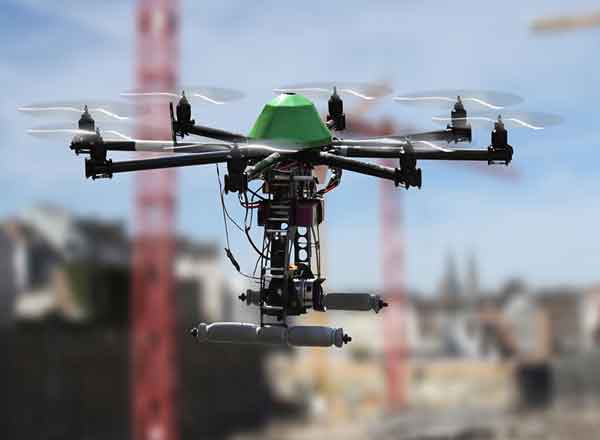
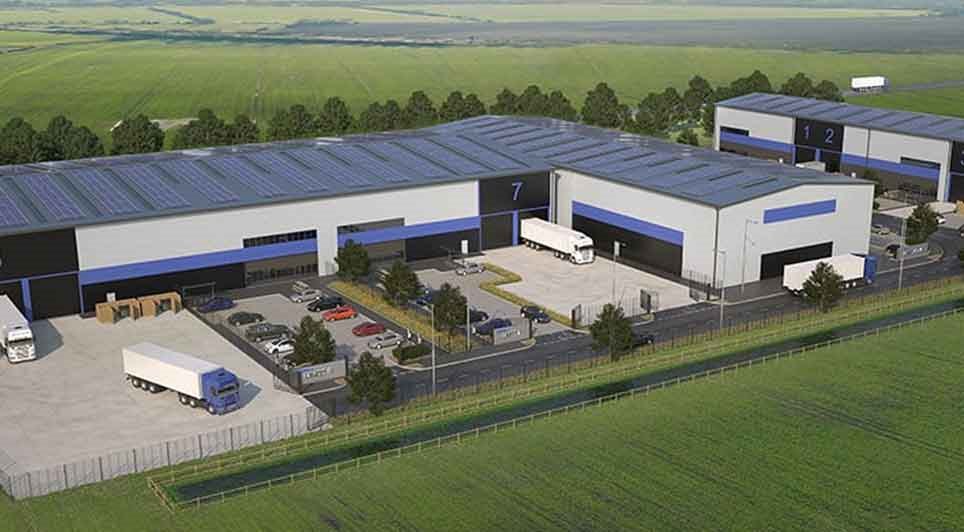
03/07/2025
Associated British Ports (ABP) has submitted a reserved matters application for 103,000 sq ft of speculative industrial and logistics space at Helm @ Immingham.
This marks the first phase of development at the 227-acre site.
The scheme will deliver a range of purpose-built units from 4,820 sq ft

03/07/2025
First Choice Homes Oldham (FCHO) is set to begin a major new phase of energy efficiency upgrades this month, with a £6.1 million investment aimed at improving 645 homes across the borough.
Starting 14 July, properties in Abbey Hills, Roundthorn, Shaw, and several estates in Chadderton will receive
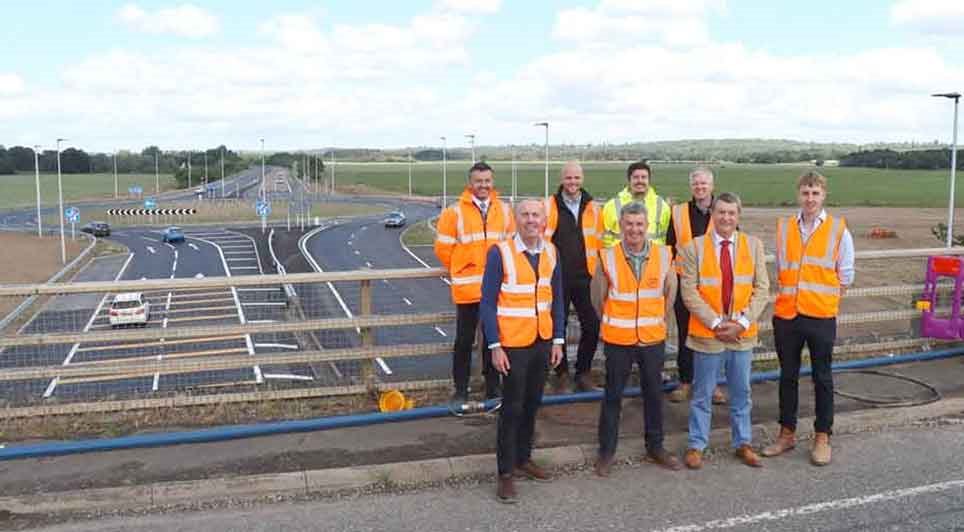
03/07/2025
Plans to boost North Lincolnshire's transport infrastructure have reached a significant milestone with the completion of Phase 1 of the M181 'southern junction' project.
Led by North Lincolnshire Council in partnership with National Highways, the multi-million-pound scheme includes the construction

03/07/2025
The multi-million-pound refurbishment of Watford Colosseum has reached practical completion, with the historic venue now officially handed over to operator AEG Presents UK.
Led by Watford Borough Council and delivered by Morgan Sindall Construction's Northern Home Counties division, the major upgra

03/07/2025
Sigma Capital Group has announced the acquisition of four new development sites worth around £100 million in gross development cost (GDC), continuing its strategic partnership with Vistry Group.
The projects will deliver 415 new single-family rental homes across England, further cementing Sigma's
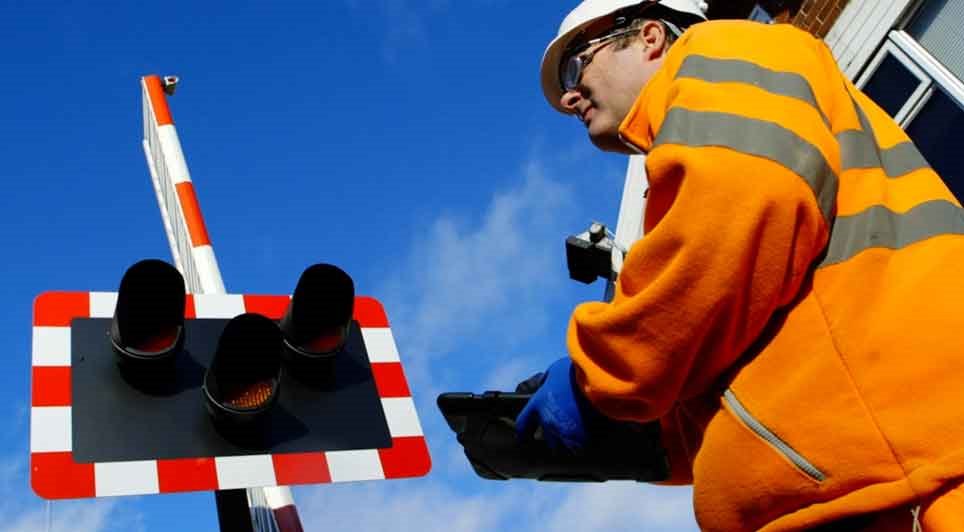
03/07/2025
A major £215,000 upgrade to the Winsover Road level crossing in Spalding is set to begin this Saturday night, 5 July, aimed at improving rail reliability and ensuring safety for motorists, pedestrians and rail users.
The essential works will see a full replacement of the life-expired crossing surfa

03/07/2025
A former office building in Cardiff Bay has been given a new lease of life, with 33 high-quality council apartments now handed over to Cardiff Council as part of a wider redevelopment to deliver 78 new homes.
The Scott Harbour building, once a commercial office block, is undergoing a major conversi

03/07/2025
Social value specialist Loop has launched the UK's first monetised social value metrics tool tailored specifically for the housing sector, offering developers a new, data-driven approach to strengthen planning applications, engage communities and showcase real-world benefits.
Developed in partnersh
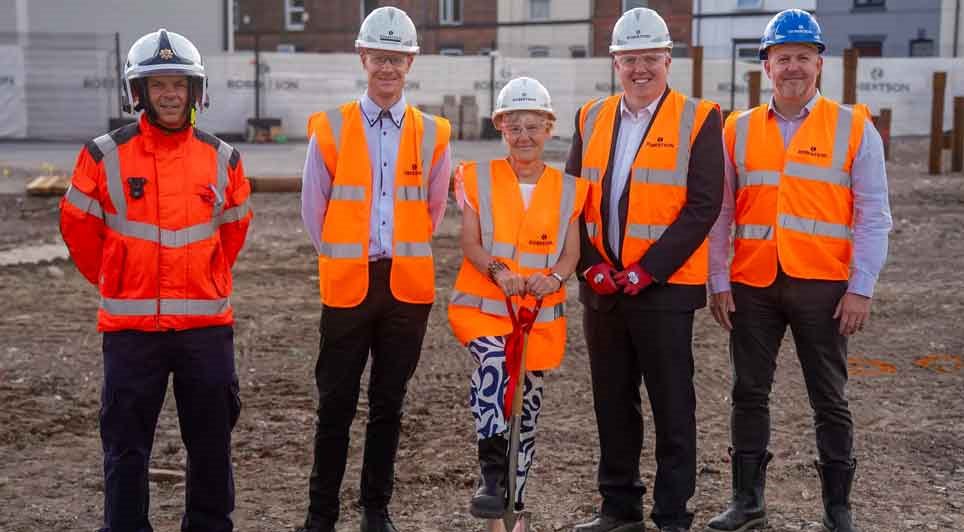
02/07/2025
Construction is officially underway on the new Whitefield Community Fire Station, part of Greater Manchester Fire and Rescue Service's (GMFRS) £38 million Estates Improvement Programme.
Led by Robertson Construction North West, the project will replace the former fire station on Bury New Road with
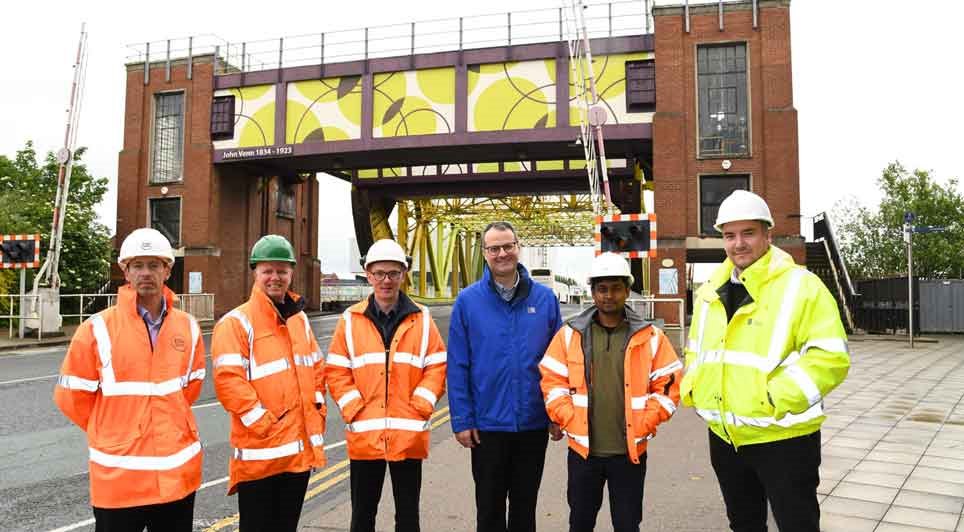
02/07/2025
Hull City Council has officially appointed Esh Construction to lead a major repair and strengthening programme on Drypool Bridge, one of the city's key transport links.
The project will be delivered in partnership with engineering consultancy Mason Clark Associates.
Work will begin on the south s
 UK
UK Ireland
Ireland Scotland
Scotland London
London











